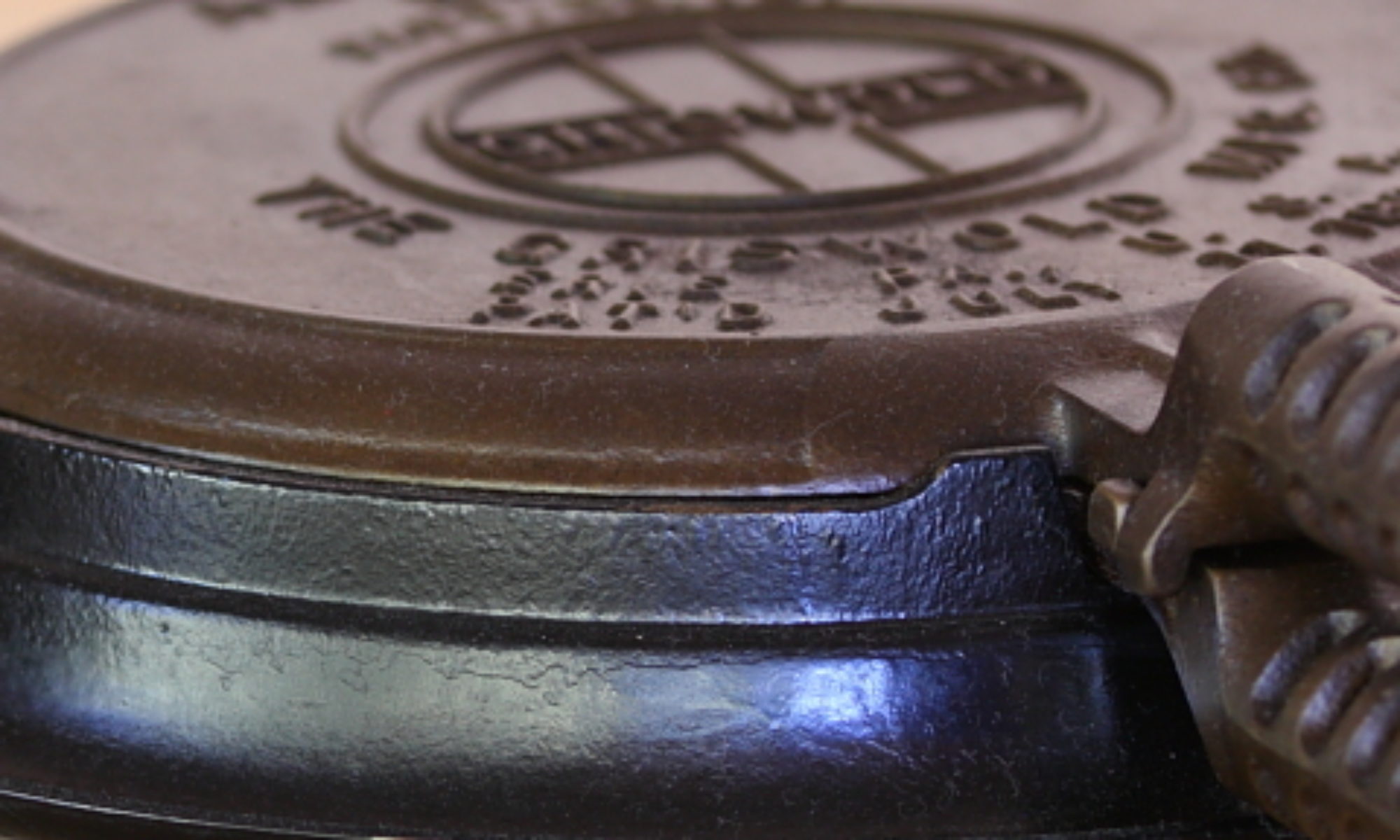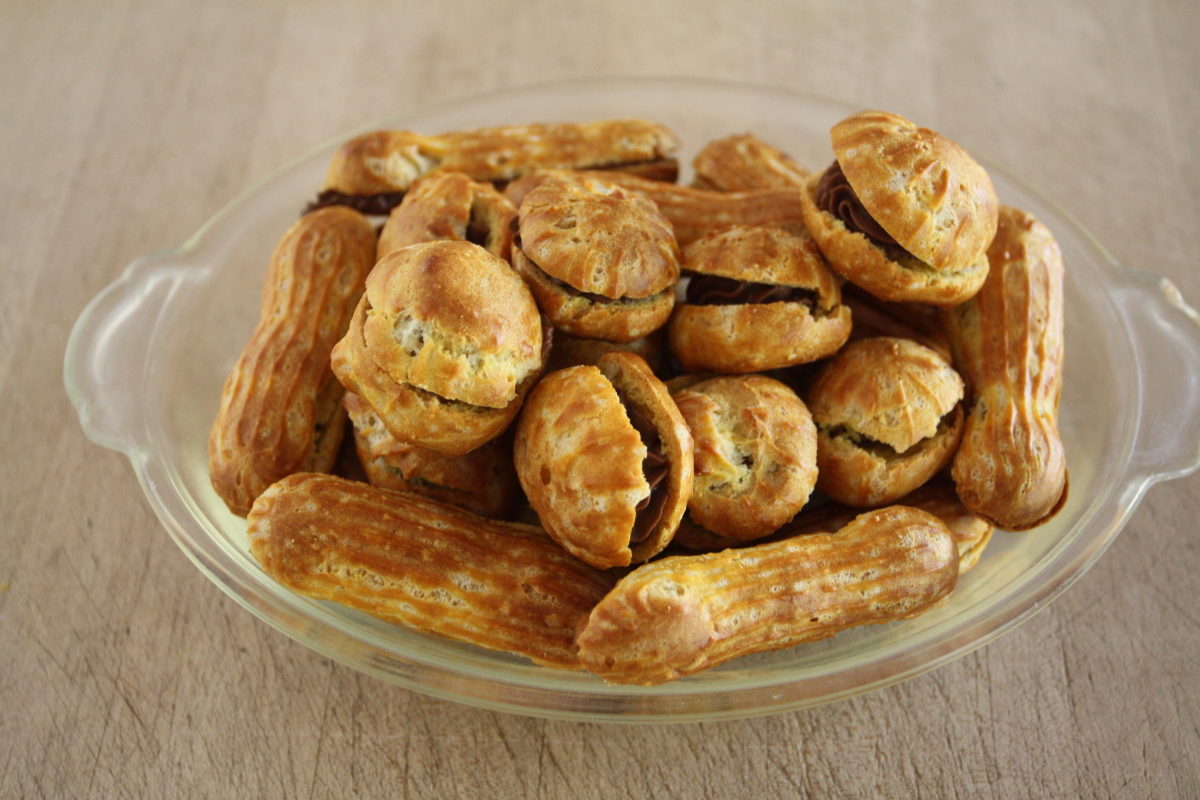
We just got back from a vacation, so posts for the next couple of days might be a little light on content. Don’t worry; we’ll be right back in the swing of things soon.
Right before we left on vacation, we noticed that we’d posted on every important pastry dough. Knowing these doughs is the key to making desserts (and savory dishes, too), since they form the foundation of almost anything with a crust, and, once you have a set of great crust recipes in hand, the dessert world is yours.
With that in mind, let’s cover what we consider the five basic doughs, from easiest to the most challenging. We’ll also give examples of when and where each dough is used. Of course, since you’re a scratcher, we’ll provide links to our favorite versions of each, too.
First up, Pâte Brisée. The name literally means breezy paste, and we think that it’s because it’s so simple to make. With just a bit of practice, you can have this versatile dough mixed up and chilling in under ten minutes. Really, it’s that easy (and it’s never failed us). Besides being easy, we think this is one of the most useful pastry doughs. Pairing perfectly with either savory or sweet pies, this is the first dough you should think of when you need some sort of crust. If you’re a true scratcher, you should know this recipe by heart.
Second, Pâte Sucrée. Just slightly more difficult than Pâte Brisée, this dough is a bit on the sweet side (the name means sweet paste), but not overly sweet, and has a hint of nuts. It takes a little longer because you need to let butter warm, grind up nuts, and do more mixing, but it’s not difficult. Use it for crusts when you might need just a hint more sweetness, something like lemon tarts or other fruit tarts, or in cheesecakes. You probably won’t need this one as much, but you should have a good recipe at your fingertips.
Third, Pâte à Choux. You might be wondering why this recipe is here; after all, it’s not appropriate for pie crusts, but it is used widely for desserts and savory dishes. Literally, cabbage paste, this dough takes about 15 minutes of work, and can be changed this way and that. Add a bit of sugar and bake, and you’re ready to make profiteroles or eclairs. Add cheese and bake, and, voilà, you have a savory snack of gougères that can stand in for bread. Add herbs and a few seasonings and poach in simmering water, it’s now Parisian gnocchi. Who doesn’t need a recipe like that?
Fourth, Quick Puff Pastry. Far easier than “real” puff pastry. You can use this in any place where you want a light, super-flaky crust. It’ll work as a bottom crust, but it really shines as a top crust, since it puffs dramatically while baking. That means it’s difficult to use if your recipe calls for blind baking the crust. It seems like a lot of work, but it’s not. Think of it as giving you 90% of the qualities of a puff pastry crust, with 10% of the work. We find that we can have this crust ready to go in about 45 minutes, and that includes the resting times.
Finally, Puff Pastry. This is the ultimate. Much more difficult and time-consuming to make than any of the previous doughs, this is the dough to use for things like turnovers (or in a variant that uses yeast, croissants). You won’t find a lighter or flakier crust. Use this only where the light, flaky layers will stand out, such as a topping for pot pies, or a bottom crust for just a spoonful of ingredients. If you’ve never made this crust, start with a small batch. Once you get the hang of it, make several pounds at a time, because it freezes beautifully.
That’s it. Next time you need a crust, just follow the links to what we think are some of the best core pastry recipes you can find anywhere.


